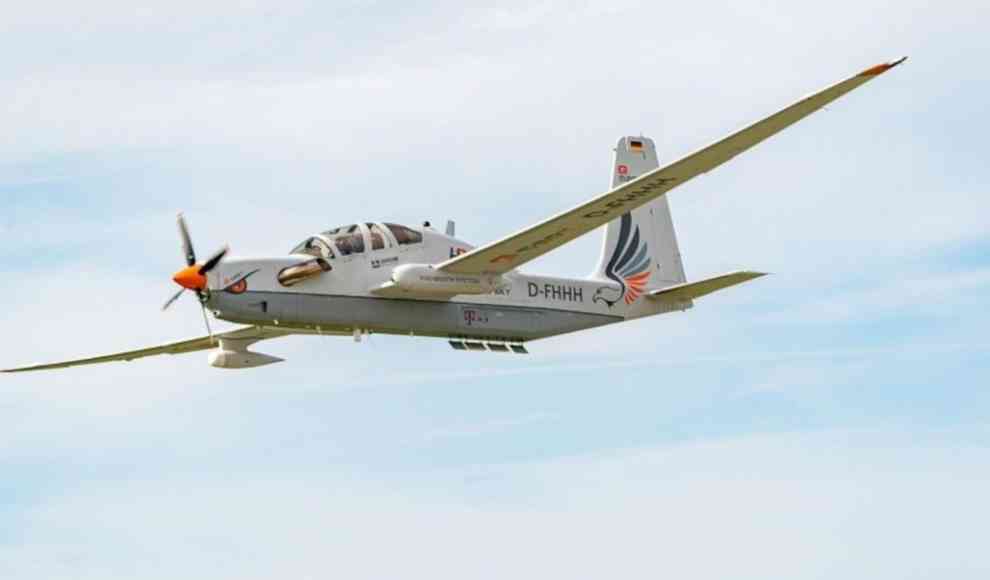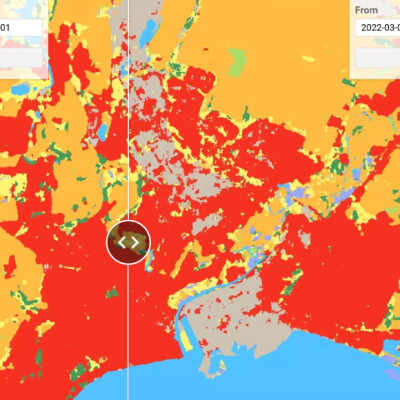German mobile network operators are planning to move their mobile phone antennas to the lower stratosphere using High Altitude Platform Systems (Haps). A single balloon could provide 5G coverage to an area of up to 100 kilometers. According to data from the Federal Network Agency (BNetzA), 3.8% of Germany’s land area still has no mobile phone coverage, while 7.2% has only one mobile network operator providing 4G. A whitepaper by the industry organization GSMA suggests that flying mobile phone antennas could help close some of these coverage gaps. The Telekom has already tested a system in cooperation with the British start-up Stratospheric Platforms Limited (SPL) in October 2020.
During the test flights over Bavaria, a remote-controlled aircraft equipped with antennas provided 4G voice and data connections at a download data rate of 70 Mbit/s and an upload of 20 Mbit/s over a channel bandwidth of 10 MHz. With this technology, an aircraft could provide coverage to a cell with a diameter of up to 100 kilometers. The whitepaper, which was developed by Telekom, Vodafone, Telefónica, and Organe, aims to attract government funding for the further development of Haps. In addition to closing coverage gaps, the new technology could also be used in natural disasters or major disruptions where terrestrial networks have failed. Another possible use is the temporary coverage of large events.
The whitepaper is the foundation for the further development of Haps, according to Bruno Jacobfeuerborn, responsible for the Haps project at Telekom. With appropriate funding, the industry organization suggests that balloons and airships could be developed that are solar-powered and can stay in the air for a longer period. The use of flying mobile phone antennas could be a cost-effective and efficient way to supplement mobile phone networks where there is no energy supply or backbone.










